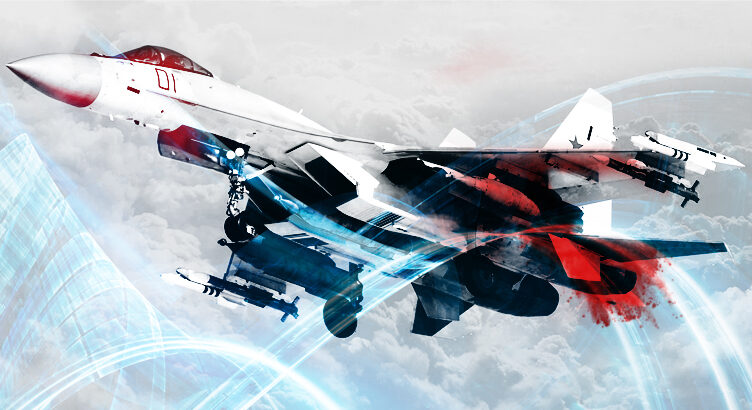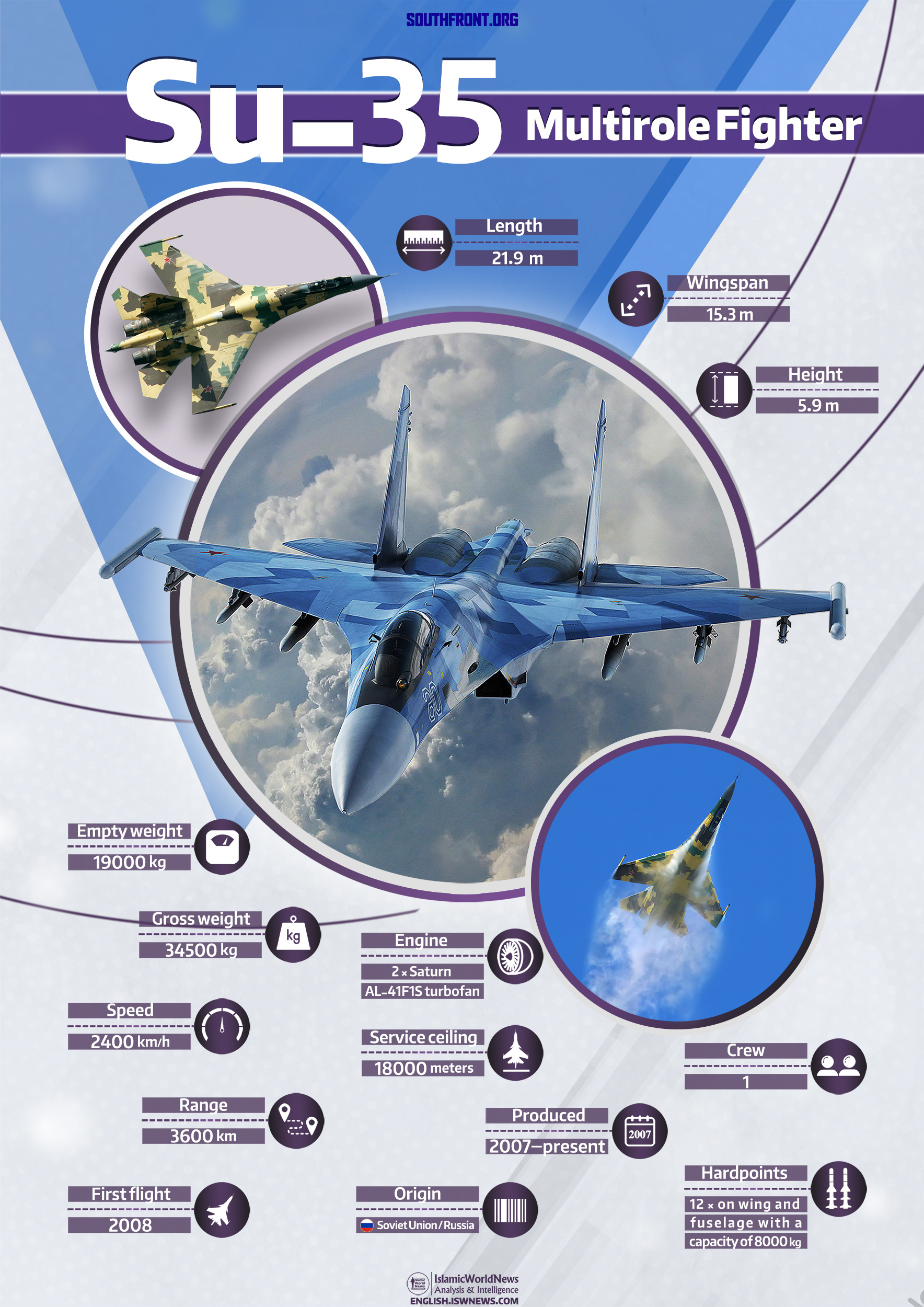Iran will receive the first batch of Su-35 fighter jets from Russia sometime during next week, Iran Press reported on April 12.
The news agency didn’t clarify how many fighter jets will be delivered, or when and where they will land exactly. Furthermore, the report is yet to be confirmed by any official source in Iran or Russia.
Reports from December said that Russia has agreed to supply Iran with 24 Su-35s which were originally built for Egypt as a part of a deal that was thwarted by the United States. In January, Iranian Parliament member Shahriar Heidari said that Russia will deliver the first batch of fighter jets early next Iranian year, which starts on March 21. At the time, the semi-official Tasnim News Agency speculated that the jets will be housed at Tactical Air Base 8 of the Islamic Republic of Iran Air Force (IRIAF) near the central city of Isfahan.
In March, Iran officially confirmed that it had finalized a deal to purchase advanced Su-35 fighter jets from Russia, without providing any details. However, Russia is yet to confirm the deal from its side.
Military cooperation between Iran and Russia has been reportedly growing since the start of the special operation in Ukraine last year. The United States and its allies claim that Iran supplied Russia with hundreds of suicide and combat drones for use against Kiev forces. However, both Moscow and Tehran deny this.
The Su-35 was designed to engage all types of aerial targets in long and close ranged air battles as well as to attack ground and sea-surface targets including those covered by air defenses and located far behind the frontline.
One of the main features of the Su-35 is the Irbis-E multi-mode, hybrid passive electronically scanned array radar system, which can detect and track up to 30 airborne targets at one time at ranges of up to 350 kilometers, and attack up to eight of them.
The fighter jet can carry a variety of advanced weapons, including the R-37 air-to-air missile, the Kh-59 land-attack cruise missile, the Kh-58 anti-radiation missile and the Kh-35 anti-ship cruise missile.
The IRIAF is currently relying on aging American fighter jets made which were left from the period before the 1979 Islamic revolution. Once delivered, the Su-35s will be the first new fighter jets to enter service with the air force since the 1990s, when Iran received a few MiG-29s from Russia.
The delivery of the advanced fighter jets will likely raise tensions between Russia and Israel, Tel Aviv will claim that the deal as a violation of the 2015 nuclear agreement. In response, it could escalate its covert war against Tehran and boost military cooperation with Ukraine.



